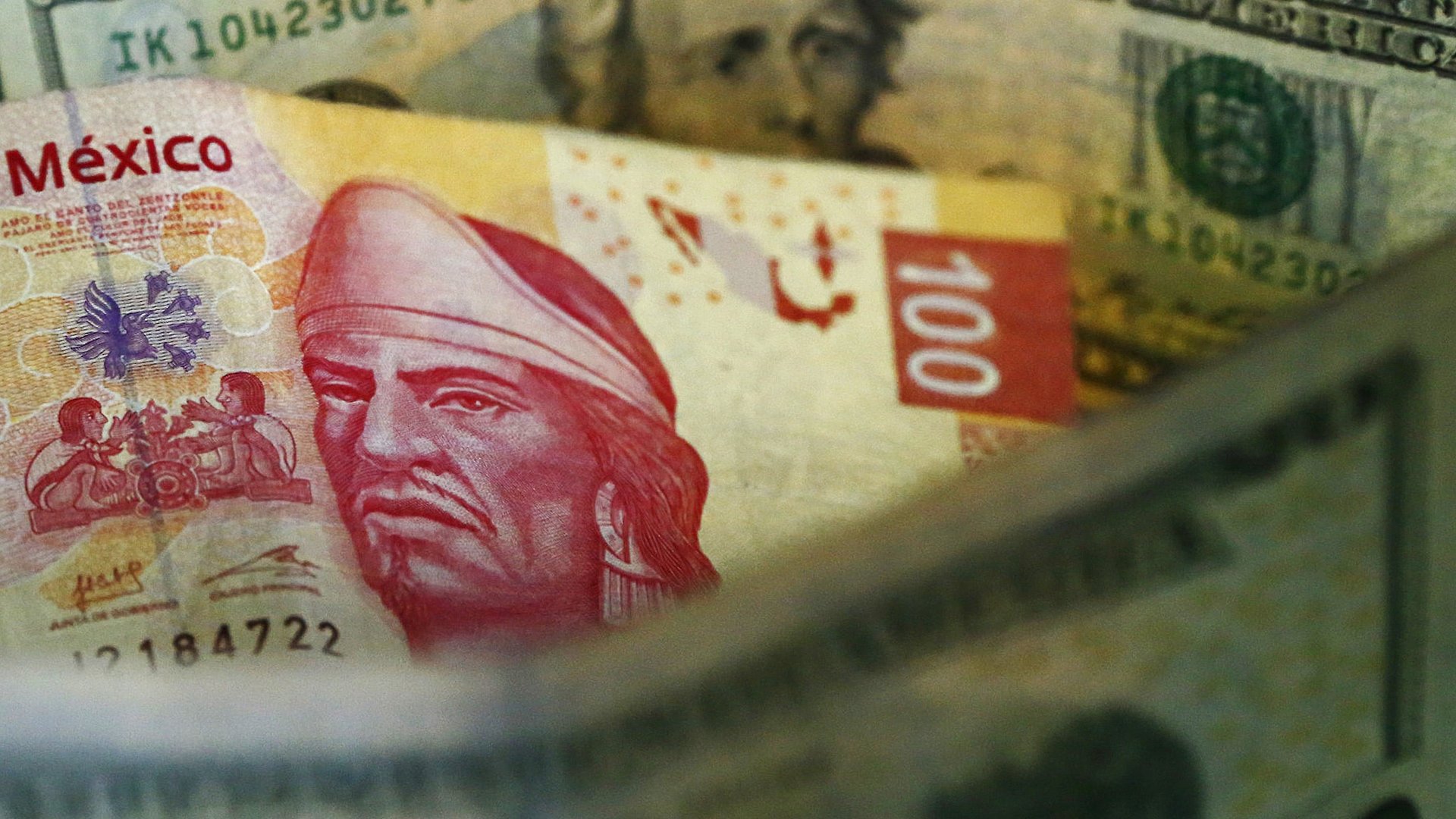Mexico is growing fast, but unevenly
Mexico’s national GDP numbers remain lackluster. In 2014, the country grew 2.1%, and forecasts for 2015 predict a modest 3% increase. Yet these numbers mask the great diversity within and between the nation’s thirty-two federal entities.


Mexico’s national GDP numbers remain lackluster. In 2014, the country grew 2.1%, and forecasts for 2015 predict a modest 3% increase. Yet these numbers mask the great diversity within and between the nation’s thirty-two federal entities.
The Bajío region experienced Asian rates of growth last year—Querétaro up 14.3%, Aguascalientes 14.2%, Guanajuato 7.4%, and Jalisco 3.7%. Home to auto and aerospace hubs, these states receive increasing shares of foreign direct investment. Think tank México ¿Cómo Vamos? expects these states to continue to drive economic growth numbers going forward.
Many of Mexico’s northern states saw strong upturns as well. Nuevo León, home to industrial city of Monterrey, grew 5.4% in 2014. In Chihuahua, Coahuila, and Tamaulipas, close ties to a recovering United States seemed to outweigh continuing security challenges, with combined growth edging out the nation’s average.
In contrast, Mexico City and the state of Mexico, comprising over a quarter of national GDP, grew just 1%. Southern states Chiapas and Oaxaca trailed the national rate as well. Guerrero and Michoacán were boosted temporarily by influxes of government funds for disaster relief and security respectively, but their longer term growth rates remains below average. These four states score the lowest of Mexico on the United Nation’s human development index. And falling oil prices have hit the energy-rich southern states, in particular Tabasco and Campeche.
These differing trends threaten to aggravate already deep economic divides, creating virtuous and vicious circles in terms of infrastructure, education, and opportunities. Federal efforts to redistribute wealth, specifically the Fondo Regional which provides grants for lesser developed states, maintains a 6 billion-peso budget (roughly $400 million USD), not nearly enough to overcome ingrained disparities.
These differential growth rates have the potential to shape regional and national politics. Economic expansion didn’t temper voter dissatisfaction this time—the Partido Revolucionario Institucional (PRI) lost the Querétaro governorship to the Partido Acción Nacional (PAN), and Nuevo León to the independent Jaime “El Bronco” Rodriguez. But as Mexico looks to 12 governor races in 2016, notably in Oaxaca, Puebla, Tamaulipas, and Veracruz, local economic growth rates will surely matter. So too will good governance—a dominant issue behind the 2015 results. And as the race for the 2018 presidency begins (already Margarita Zavala, Miguel Ángel Mancera, and Andrés Manuel López Obrador have publicly put forth their names), it needs to be a party, not just a candidate, who most convincingly promises to bring growth and governance to broader Mexico to stop the fragmentation of the political system.